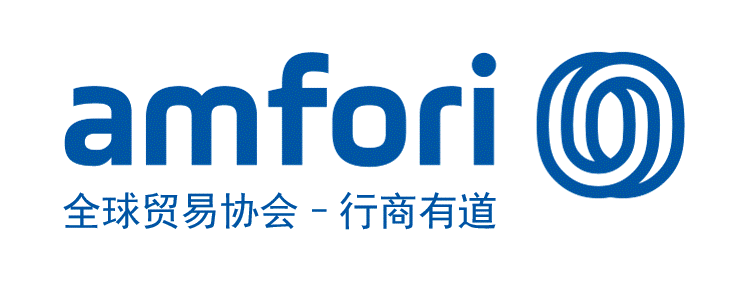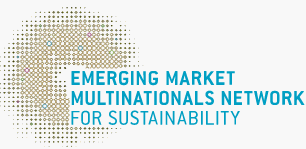Digital supply chains empower transparency
2019-12-16GoldenBeeGoldenBee0
The 21th Sino-European CSR Roundtable Forum, co-hosted by China Sustainability Tribune and amfori (amfori formerly known as Foreign Trade Association) was held on December 4 in Shanghai.
Focusing on the topic of Data Application and Collaboration for Transparency of Sustainable Supply Chains, the forum initiated in-depth discussion on whether technology can improve the transparency of supply chain, and how to leverage data and internal and external collaboration of enterprises to enhance the transparency. Distinguished guests from governments, associations, international organizations, well-known companies and sustainability experts were invited to share the approaches and suggestions from their respective perspectives.
Focusing on the topic of Data Application and Collaboration for Transparency of Sustainable Supply Chains, the forum initiated in-depth discussion on whether technology can improve the transparency of supply chain, and how to leverage data and internal and external collaboration of enterprises to enhance the transparency. Distinguished guests from governments, associations, international organizations, well-known companies and sustainability experts were invited to share the approaches and suggestions from their respective perspectives.
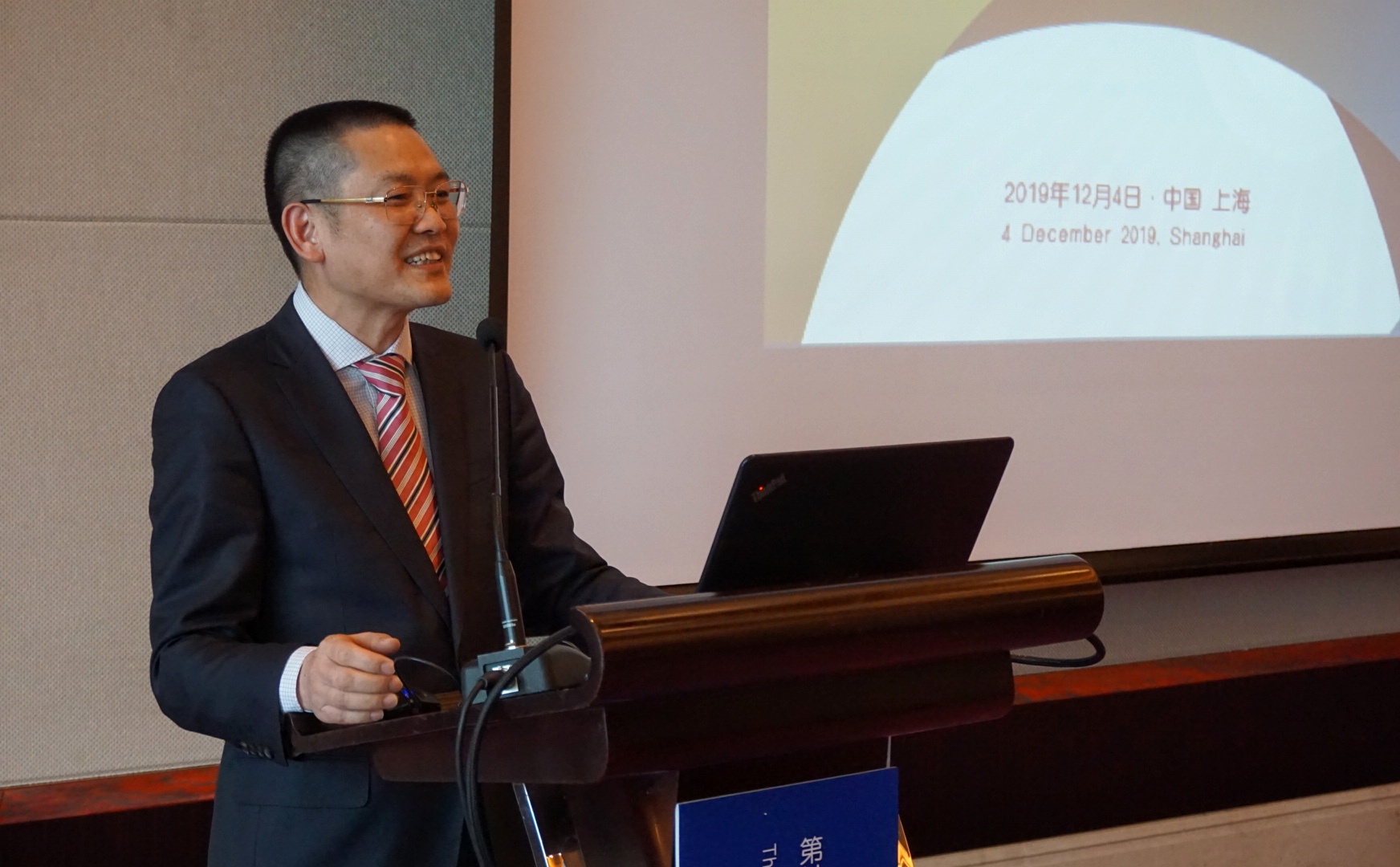
Mr. Yin Gefei, Chief Expert of GoldenBee, Member of Academic Committee of China Sustainability Tribune, moderated this forum. Mr. Xu Hua, Director of General Office, Department of Policies, Laws and Regulations, Ministry of Industry and Information Technology (MIIT) and Mr. Christian Ewert, President, amfori made welcoming addresses.

Xu Hua said that our efforts for transparent supply chains need to keep pace with the times. Different industries may have different requirements for supply chains, so we need to make innovations in concept and practice in line with the industrial development and strive to realize the unity of economic value, social value and environmental value.
It is hoped that all enterprises can apply information technology and work with stakeholders to enhance the transparency of the supply chains, actively disclose the excellent practice of CSR governance, and support the sustainable development.
Mr. Xu also introduced the main work of the MIIT in promoting the transparent supply chains, including, the standard system, evaluation system and management system has been established by developing the social responsibility guide for the ICT industry; in 2019, the transparency of supply chains was set as an important topic, and relevant training were conducted for the competent departments of industry and information system in each province; the practice and experience sharing of green supply chains were actively promoted, and the best practices of green supply chains in ICT industry has been released for two consecutive years and also promoted in relevant enterprises and industries.
It is hoped that all enterprises can apply information technology and work with stakeholders to enhance the transparency of the supply chains, actively disclose the excellent practice of CSR governance, and support the sustainable development.
Mr. Xu also introduced the main work of the MIIT in promoting the transparent supply chains, including, the standard system, evaluation system and management system has been established by developing the social responsibility guide for the ICT industry; in 2019, the transparency of supply chains was set as an important topic, and relevant training were conducted for the competent departments of industry and information system in each province; the practice and experience sharing of green supply chains were actively promoted, and the best practices of green supply chains in ICT industry has been released for two consecutive years and also promoted in relevant enterprises and industries.

Christian Ewert, President of amfori, pointed out that transparency should be seen as an opportunity and a way for better management of business risks. It can realize greater effectiveness and create sustainable products, also bringing a positive effect on a company’s revenue and profit margins.
He stressed that collaboration is the cornerstone for effective sustainable development and we are extremely confident that through working together, we can fulfil the true potential of the SDG 17: ‘Partnerships for the Goals’. amfori empowers over 2,400 member companies and their partners to help them monitor and improve the social and environmental performance of their supply chains, and support them become sustainable businesses.
Mr. Ewert introduced that a wide range of stakeholders have contributed to writing supply chain transparency into the vocabulary of boardrooms across the world and this commitment is being enshrined in law globally. He cited several relevant cases, for example, the United Kingdom enacted the Modern Slavery Act, obliging companies to monitor unfair working practices across their supply chains; the Netherlands also passed the Child Labour Due Diligence Law a regulation which will enforce strict rules around child labour in supply chains, and a number of directives and guidance has been created to boost the supply chain sustainability and transparency at national and local levels in China, such as the Guidance on Actively Promoting Supply Chain Innovation and Application launched by the State Council.
He stressed that collaboration is the cornerstone for effective sustainable development and we are extremely confident that through working together, we can fulfil the true potential of the SDG 17: ‘Partnerships for the Goals’. amfori empowers over 2,400 member companies and their partners to help them monitor and improve the social and environmental performance of their supply chains, and support them become sustainable businesses.
Mr. Ewert introduced that a wide range of stakeholders have contributed to writing supply chain transparency into the vocabulary of boardrooms across the world and this commitment is being enshrined in law globally. He cited several relevant cases, for example, the United Kingdom enacted the Modern Slavery Act, obliging companies to monitor unfair working practices across their supply chains; the Netherlands also passed the Child Labour Due Diligence Law a regulation which will enforce strict rules around child labour in supply chains, and a number of directives and guidance has been created to boost the supply chain sustainability and transparency at national and local levels in China, such as the Guidance on Actively Promoting Supply Chain Innovation and Application launched by the State Council.
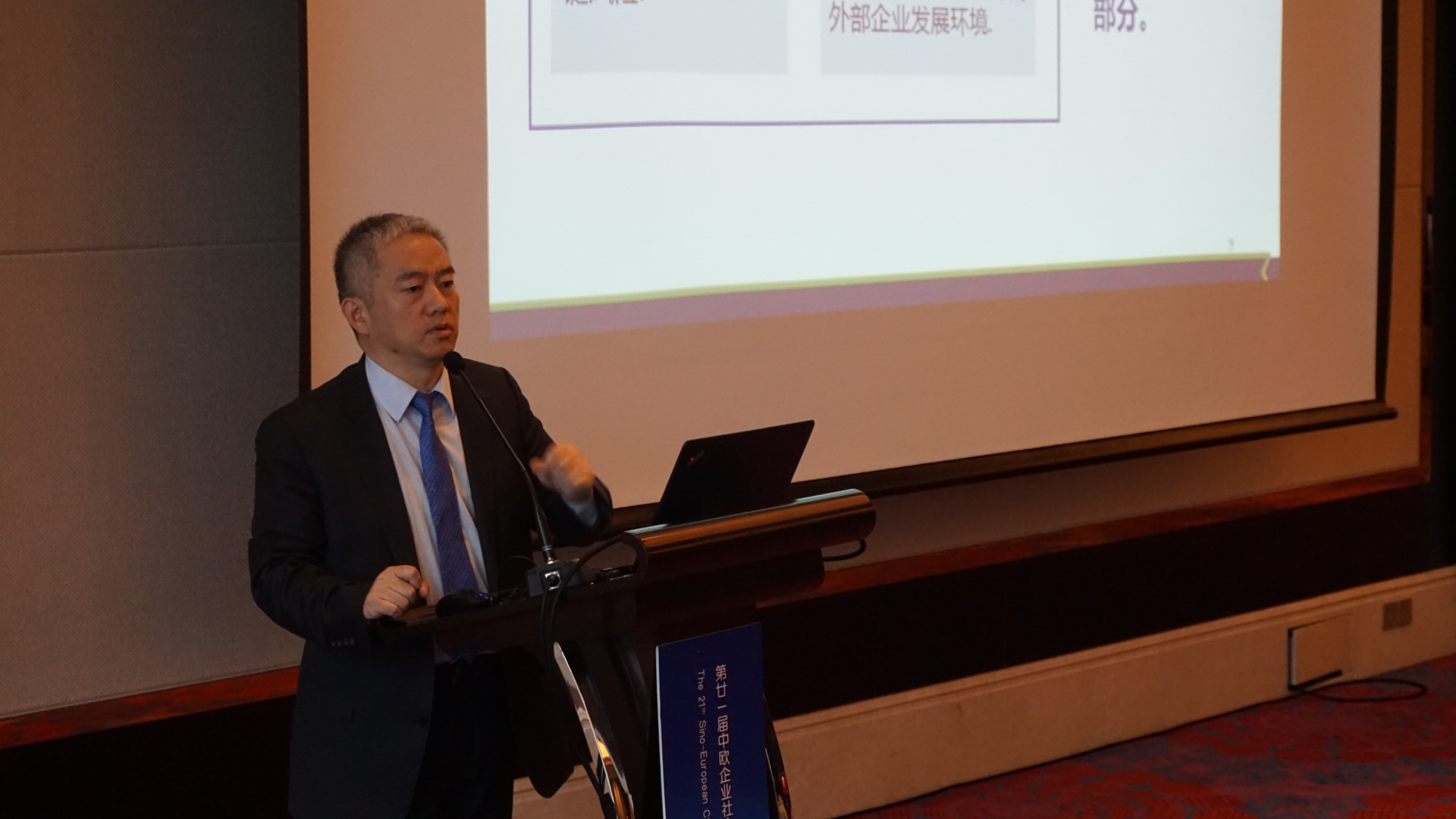
In the keynote speech, Dr. Wang Xiaoguang believed that there are two levels of transparent supply chains. One is the transparency of the upstream and downstream of the industrial chain, and the other is the transparency of information disclosure between the industrial chain, the society and the government. The goal of transparent supply chain management is to make transparency a part of corporate competitiveness. He also listed several cases where the inadequate transparency management causes lack of international awareness.
Dr. Wang summarized the factors that can improve the transparency of supply chains and the development trend of transparent digital supply chains, including the competition and cooperation of global industrial chains, responsible production and consumption, the development and application of new technologies, new development vision and industrial development policy, as well as the risk management of global industrial chains.
In transparent supply chain management, he also proposed to promote the building of an open information sharing and cooperation platform for supply chain enterprises, establish a digital supply chain system environment, and develop and apply low-cost collection and statistical techniques and methods for social environmental impact information. To promote the establishment of a multi-level technical standard system is also necessary to improve the effectiveness of transparency management.
Dr. Wang summarized the factors that can improve the transparency of supply chains and the development trend of transparent digital supply chains, including the competition and cooperation of global industrial chains, responsible production and consumption, the development and application of new technologies, new development vision and industrial development policy, as well as the risk management of global industrial chains.
In transparent supply chain management, he also proposed to promote the building of an open information sharing and cooperation platform for supply chain enterprises, establish a digital supply chain system environment, and develop and apply low-cost collection and statistical techniques and methods for social environmental impact information. To promote the establishment of a multi-level technical standard system is also necessary to improve the effectiveness of transparency management.
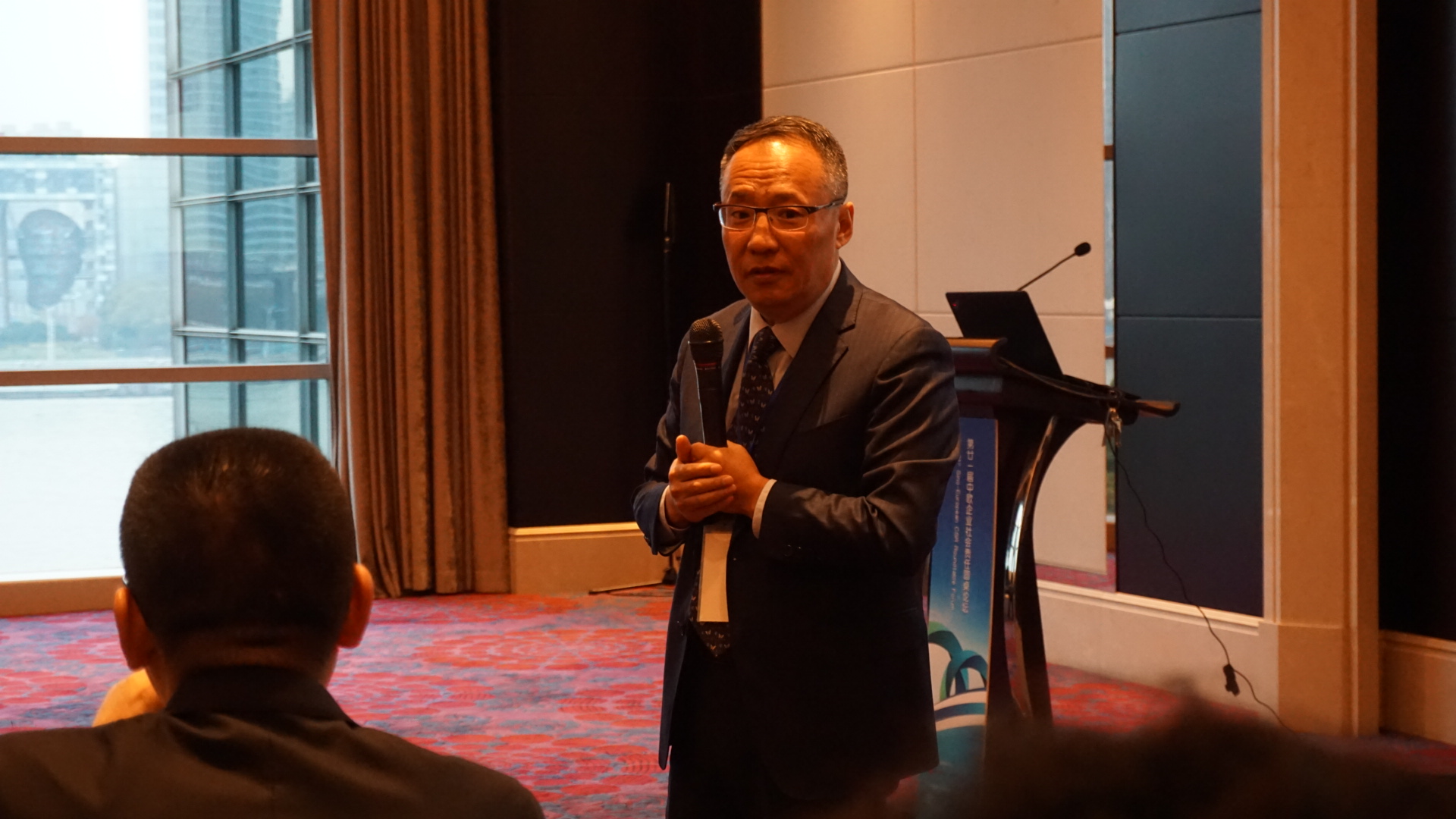
Mr. David Gong, President of Chinese Institute of Purchasing Management, shared several vivid examples on how to improve the transparency of supply chains in the digital era. He said that the fundamental problem to be solved in the supply chain is “three flows” (information flow, capital flow, and logistics), two main lines (efficient collaboration and efficient docking), and a breakthrough (cycle). Digitalization can make the supply chain realize intelligently visual and targeted docking, thus breaking the island of information.
According to Mr. Gong, there are many obstacles in the transparency of the current supply chains, such as managers' ignorance, unwillingness and inability, as well as the lack of IT application. He took Classical swine fever virus (CSFV) incident in Africa and food and beverage management in the China International Import Expo as an example, and pointed out that digitalization and blockchain can solve the obstacles of supply chain transparency.
According to Mr. Gong, there are many obstacles in the transparency of the current supply chains, such as managers' ignorance, unwillingness and inability, as well as the lack of IT application. He took Classical swine fever virus (CSFV) incident in Africa and food and beverage management in the China International Import Expo as an example, and pointed out that digitalization and blockchain can solve the obstacles of supply chain transparency.

Mr. Phipps Xue, Director, Strategic Partnership and Innovation, SAP Labs China, shared SAP's sustainability philosophy that is committed to achieving the maximum economic benefits while pursuing the friendly relations to the environment, society and employees, and its social innovation strategy that digital integration provides sustainable impetus for opportunities.
Mr. Xue believed that to improve the corporate sustainability, we should focus on customer experience, and ultimately provide customers with value-added product experience and services by tracking the comprehensive visibility and business innovation in the supply chain. He also shared a full life cycle SAP digital supply chain solution covering design, planning, manufacturing, delivery and operations.
Mr. Xue believed that to improve the corporate sustainability, we should focus on customer experience, and ultimately provide customers with value-added product experience and services by tracking the comprehensive visibility and business innovation in the supply chain. He also shared a full life cycle SAP digital supply chain solution covering design, planning, manufacturing, delivery and operations.

Mr. Wang Jun, Vice President, SBU of Chemical, Sinochem Group, introduced the current trend of digitalization in the global chemical industry and the demand of stakeholders for transparency of the supply chain in the chemical industry. He pointed out that digitalization can strengthen the supply chain reform of global chemical enterprises, and Sinochem International enables transparent supply chain development through IT-based management and digital operation.
Sinochem International promotes the transparent supply chain from three aspects: commitment, evaluation and management, including, establishing and improving the sustainable supply chain system, formulating action plans and standards, and issuing Supplier Code of Conduct; carrying out internal evaluation, incorporating sustainable requirements into the contract and accepting external audit and supervision; joining the GoldenBee Sustainability Alliance and launching the "FINE 2030 Action" Initiative, etc.
In addition, Sinochem International strengthens its partnerships by holding a series of workshops, building a communication platform, and launching the "Sinochem Sustainable Supplychain" initiative to jointly build a transparent supply chain ecosystem.
Sinochem International promotes the transparent supply chain from three aspects: commitment, evaluation and management, including, establishing and improving the sustainable supply chain system, formulating action plans and standards, and issuing Supplier Code of Conduct; carrying out internal evaluation, incorporating sustainable requirements into the contract and accepting external audit and supervision; joining the GoldenBee Sustainability Alliance and launching the "FINE 2030 Action" Initiative, etc.
In addition, Sinochem International strengthens its partnerships by holding a series of workshops, building a communication platform, and launching the "Sinochem Sustainable Supplychain" initiative to jointly build a transparent supply chain ecosystem.

Ms. Serena Guo, Head of Regional Logistics Service Greater China, Clariant, shared the topic that Clariant’s logistics service innovation shows the information transparency in the whole supply chain to internal and external customers. Ms. Guo believed that logistics is the last link of the supply chain and also the link to directly contact customers. If the whole logistics situation can be transparent, visualized and displayed to customers, it will bring significant changes to customer service.
In order to meet customers' demands for real-time tracking in logistics and transportation, Clariant has established a real-time logistics tracking system pilot, which integrates all logistics information on the platform. Customers can view the GPS map track signs through the mobile terminal to achieve closed-loop logistics tracking.
Ms. Guo said that the platform is not only an IT system, but also requires suppliers to fully and transparently reflect services in front of customers, so as to help customers plan their supply chain resources more efficiently and conveniently.
During the concurrent breakout sessions, the participants had a heated discussion on the digitalization process, implementation path and how to solve the collaborative challenges of all parties, and put forward constructive suggestions from different perspectives.
Participants agreed that digitalization has brought great opportunities for improving the transparency management of the supply chain, especially for small and medium-sized enterprises, which have more opportunities to participate in more supply chains through the IT application, and this trend has also been supported by the policy of informatization and industrialization.
However, opportunities are also accompanied by many difficulties and challenges. On the one hand, the China's manufacturing is in huge scale, but the existing integration problems of industrial software system and hardware are prominent, and the system security brought by it is also suspected or problems arise; on the other hand, the technical level and training level of operators greatly affect the efficiency of system application.
In response to the problems encountered in the digital application in the supply chain, the participants proposed several solutions:
First, Advocating the cooperation of partners, regulatory departments, the society and other parties in the supply chain to create an environment conducive to information application, such as the government's policies, more forms of cooperation from software and hardware service providers;
Second, building a cross-field, cross-industry supply chain information collection platform and optimizing the effective utilization of the overall social resources through digital technology;
Third, learning from the aviation industry to promote the vertical and horizontal circulation of general raw materials and parts in the supply chain, so as to be accepted and recognized by more consumers.
Finally, Mr. Yin concluded the forum:
First, digitalization can be applied in the whole process of supply chains, not limited to procurement and logistics.
Second, in view of the digital implementation path, many enterprises have carried out pilot projects through establishing digital platforms and other ways, and also achieved some results.
Third, there are still many challenges in promoting stakeholder communication and decision-making in the supply chain. There are also multi-dimensional perspectives in the application of data to enhance transparency. It is crucial to provide workers capacity-building and let them to understand digitalization.
Fourth, in the aspect of cooperation between enterprises and other parties, it is necessary to establish a purchase agreement mode, so that suppliers and buyers can reach a consensus on pricing power; to solve the conflict of control power brought about by data sharing, ensure the confidentiality of data among all parties, and properly handle the competitive issues arising there are also key factors needed to be considered.
In order to meet customers' demands for real-time tracking in logistics and transportation, Clariant has established a real-time logistics tracking system pilot, which integrates all logistics information on the platform. Customers can view the GPS map track signs through the mobile terminal to achieve closed-loop logistics tracking.
Ms. Guo said that the platform is not only an IT system, but also requires suppliers to fully and transparently reflect services in front of customers, so as to help customers plan their supply chain resources more efficiently and conveniently.
During the concurrent breakout sessions, the participants had a heated discussion on the digitalization process, implementation path and how to solve the collaborative challenges of all parties, and put forward constructive suggestions from different perspectives.
Participants agreed that digitalization has brought great opportunities for improving the transparency management of the supply chain, especially for small and medium-sized enterprises, which have more opportunities to participate in more supply chains through the IT application, and this trend has also been supported by the policy of informatization and industrialization.
However, opportunities are also accompanied by many difficulties and challenges. On the one hand, the China's manufacturing is in huge scale, but the existing integration problems of industrial software system and hardware are prominent, and the system security brought by it is also suspected or problems arise; on the other hand, the technical level and training level of operators greatly affect the efficiency of system application.
In response to the problems encountered in the digital application in the supply chain, the participants proposed several solutions:
First, Advocating the cooperation of partners, regulatory departments, the society and other parties in the supply chain to create an environment conducive to information application, such as the government's policies, more forms of cooperation from software and hardware service providers;
Second, building a cross-field, cross-industry supply chain information collection platform and optimizing the effective utilization of the overall social resources through digital technology;
Third, learning from the aviation industry to promote the vertical and horizontal circulation of general raw materials and parts in the supply chain, so as to be accepted and recognized by more consumers.
Finally, Mr. Yin concluded the forum:
First, digitalization can be applied in the whole process of supply chains, not limited to procurement and logistics.
Second, in view of the digital implementation path, many enterprises have carried out pilot projects through establishing digital platforms and other ways, and also achieved some results.
Third, there are still many challenges in promoting stakeholder communication and decision-making in the supply chain. There are also multi-dimensional perspectives in the application of data to enhance transparency. It is crucial to provide workers capacity-building and let them to understand digitalization.
Fourth, in the aspect of cooperation between enterprises and other parties, it is necessary to establish a purchase agreement mode, so that suppliers and buyers can reach a consensus on pricing power; to solve the conflict of control power brought about by data sharing, ensure the confidentiality of data among all parties, and properly handle the competitive issues arising there are also key factors needed to be considered.
Best Practices
- The 100-year brand — Air Liquide also has a sense of juvenile
- Beijing Public Transportation Corporation: Developing green transportation to build a harmonious and livable capital
- CGN: Building a modern factory in barren deserts and developing a new win-win cooperation model along “Belt and Road”
Upcoming Event

All the materials on the site “Source: XXX (not from this site)” have been reprinted from other media. They do not imply the agreement by the site.
All the materials with “Source: CSR-China Website” are the copyright of CSR-China Website. None of them may be used in any form or by any means without permission from CSR-China Website.
GoldenBee Official WeChat
Copyright © Csr-china.net All Right Reserved.
京ICP备19010813号


